Q2:
AS & A Level Chemistry - 9701 Paper 4 2023 Winter Zone 1
Questions:
2/9

Topic: CH7 - EQUILIBRIA
Solution



PRACTISE
Similar Questions

LEARN
Concepts with Sparky

More Questions from this Topic
Theory
CH7 - EQUILIBRIA
(a) Complete Table 1.1 using relevant information from the Periodic Table.Table 1.1| | nucleon number | proton number | number of elec...
2024
 Summer
Summer
 Summer
Summer
 2
2
Theory
CH7 - EQUILIBRIA
(a) Describe and explain the change, if any, to the percentage yield of NH$_3$(g) produced in B compared to A............................................
2024
 Summer
Summer
 Summer
Summer
 4
4
Theory
CH7 - EQUILIBRIA
(a) Describe what is meant by dynamic equilibrium.
.....................................................................................................
2024
 Summer
Summer
 Summer
Summer
 2
2
Theory
CH7 - EQUILIBRIA
Nitrogen, $N_2$, is generally an unreactive molecule but it does react under certain conditions. (a) Give two reasons to explain the lack of reactivi...
2024
 Spring
Spring
 Spring
Spring
 4
4
Theory
CH7 - EQUILIBRIA
(a) Define Le Chatelier’s principle....................................................................................................................
2024
 Summer
Summer
 Summer
Summer
 2
2
Theory
CH7 - EQUILIBRIA
(a) Disodium phosphate, $(\text{Na}^+)_{2}(\text{HPO}_4^{2-})$, reacts with an acid to form monosodium phosphate, $\text{Na}^+(\text{H}_2\text{PO}_4^-...
2024
 Winter
Winter
 Winter
Winter
 2
2
Theory
CH7 - EQUILIBRIA
(a) (i) Describe the trend in the solubility of the hydroxides of magnesium, calcium and strontium.Explain your answer...................................
2024
 Summer
Summer
 Summer
Summer
 2
2
Theory
CH7 - EQUILIBRIA
(a) Equation 1 shows water acting as a Brønsted–Lowry acid. equation 1 \[ \text{H}_2\text{O} + \text{NO}_2^- \rightleftharpoons \text{HNO}_2 + \tex...
2024
 Spring
Spring
 Spring
Spring
 2
2
Theory
CH7 - EQUILIBRIA
Iron is a transition metal in Group 8 of the Periodic Table.(a) (i) Explain why iron has variable oxidation states.......................................
2024
 Spring
Spring
 Spring
Spring
 3
3
Theory
CH7 - EQUILIBRIA
(a) Nitrosyl chloride, NOCl, can be formed by the reaction between nitrogen monoxide and chlorine, as shown.$2NO + Cl_{2} \rightarrow 2NOCl$The initia...
2024
 Summer
Summer
 Summer
Summer
 2
2
More Questions from year 2023
Theory
CH3 - CHEMICAL BONDING
The Pauling electronegativity values of elements can be used to predict the chemical properties of compounds.Use the information in Table 1.1 to answe...
2023
 Spring
Spring
 Spring
Spring
 2
2
Theory
CH10 - GROUP 2
The Group 2 elements Mg to Ba are all silvery-white reactive metals.(a) (i) Draw a labelled diagram to show the bonding and structure of the Group 2 m...
2023
 Spring
Spring
 Spring
Spring
 2
2
Theory
CH15 - HYDROCARBONS
(a) (i) Define addition reaction.........................................................................................................................
2023
 Spring
Spring
 Spring
Spring
 2
2
Theory
CH16 - HALOGEN DERIVATIVES
(a) (i) State the reagent and conditions used to form E in reaction 1....................................................................................
2023
 Spring
Spring
 Spring
Spring
 2
2
Theory
CH2 - ATOMIC STRUCTURE
(a) The most common zinc mineral contains zinc(II) sulfide, ZnS.(i) Complete the electrons in boxes diagram in Fig. 1.1 to show the electronic configu...
2023
 Spring
Spring
 Spring
Spring
 3
3
Theory
CH6 - ELECTROCHEMISTRY
Hypophosphorous acid is an inorganic acid.The conjugate base of hypophosphorous acid is $\text{H}_2\text{PO}_2^-$.(a) Give the formula of hypophosphor...
2023
 Spring
Spring
 Spring
Spring
 1
1
Theory
CH12 - AN INTRODUCTION TO THE CHEMISTRY OF TRANSITION ELEMENTS
Vanadium is a transition element in Period 4 of the Periodic Table.(a) Define transition element.........................................................
2023
 Spring
Spring
 Spring
Spring
 2
2
Theory
CH20 - NITROGEN COMPOUNDS
Ethylamine and phenylamine are primary amines.Fig. 4.1These two compounds are synthesised by different methods.(a) Several methods can be used to form...
2023
 Spring
Spring
 Spring
Spring
 3
3
Theory
CH14 - AN INTRODUCTION TO ORGANIC CHEMISTRY
(a) Tulobuterol contains a benzene ring in its structure.Describe and explain the shape of benzene.In your answer, include:• the bond angle between ...
2023
 Spring
Spring
 Spring
Spring
 2
2
Theory
CH22 - ANALYTICAL TECHNIQUES
(a) (i) Suggest a compound that could be used as the stationary phase in this experiment.................................................................
2023
 Spring
Spring
 Spring
Spring
 1
1




 Share
Share




 Previous
Previous



